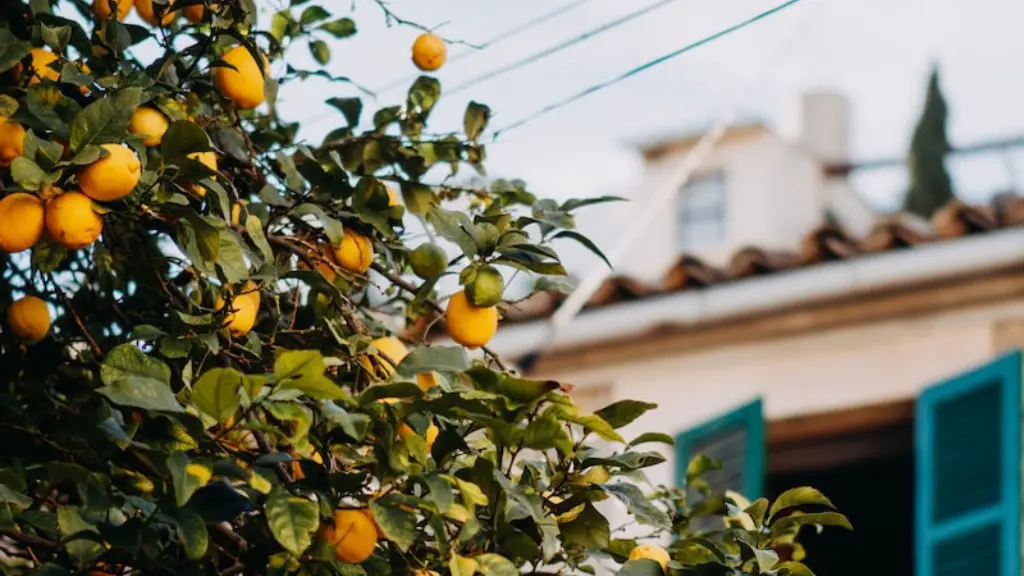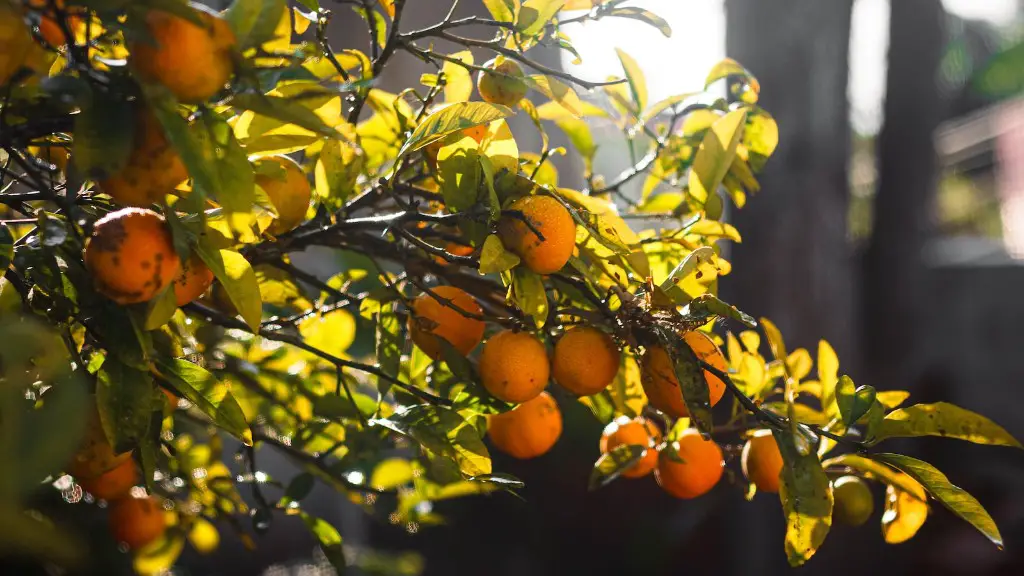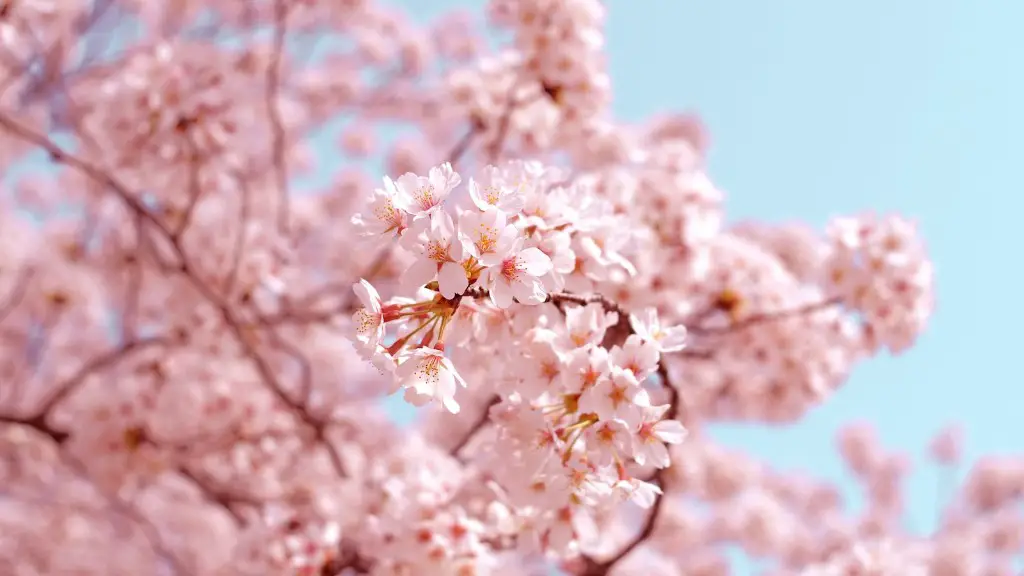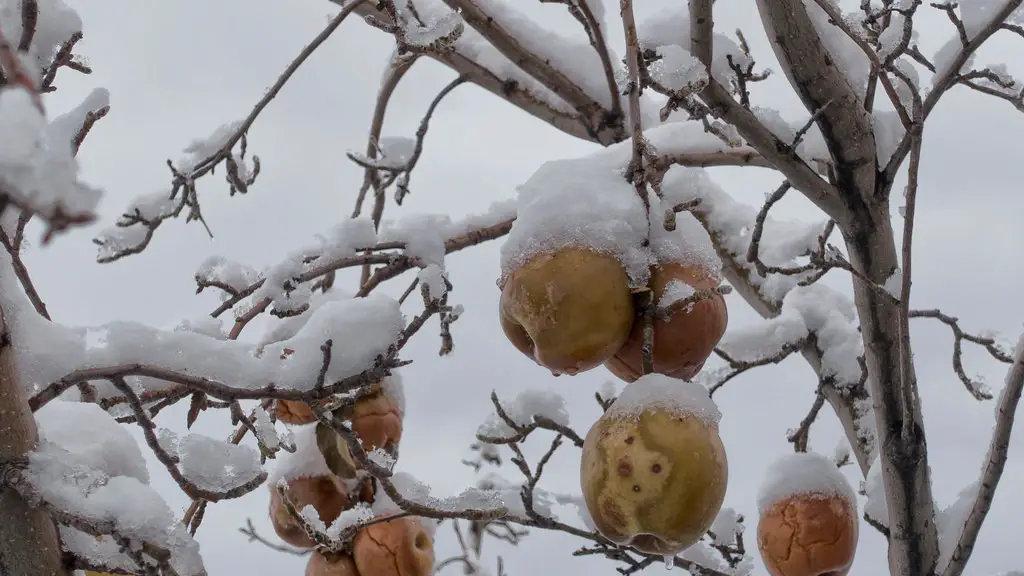Bonsai lemon trees are an attractive and easy way to decorate any home or office. Whether you are a novice or an experienced gardener, you can make a bonsai lemon tree with a few simple steps. You’ll need a lemon tree, soil, a pot, wire tools, and pruning shears. Here’s how to make a bonsai lemon tree.
Start by choosing a lemon tree that suits your needs. Select a leaf variety with small leaves and a short trunk. This will make it easier to shape and prune the tree. Make sure you have the right type of soil and a well-draining pot and fill it with the soil.
Once you’ve got everything ready, you can begin shaping the tree. Use a set of wire tools to shape the trunk, branches and small lateral shoots. Gently shape each of them by forming an arch or any other shape you desire. When pruning the tree, be sure to remove any dead or decaying parts.
Now you can begin styling the bonsai lemon tree. Use pruning shears to remove any unneeded branches and leaves. This will help keep the tree looking its best. Prune the tree for a few weeks to encourage growth and a thicker trunk.
You may need to repot or add compost to your bonsai lemon tree occasionally, usually every 3 to 4 months. When planting a lemon tree, mix compost with the soil to give it extra nutrients. Aside from that, make sure the tree is watered regularly and gets plenty of sunlight.
Once your bonsai lemon tree is established, you can start to enjoy watching it grow and thrive. With proper care and maintenance, your bonsai lemon tree will look wonderful for years to come.
Fertilizing
Fertilizing your bonsai lemon tree is an important part of its care and maintenance. When fertilizing, use a fertilizer specifically made for citrus trees. Apply the fertilizer at half strength and make sure it is evenly distributed around the tree.
Make sure you don’t over-fertilize the tree, as too much can burn the leaves and damage the roots. You should fertilize your lemon tree about once a month. Remember to water the soil before and after you fertilize, to ensure the fertilizer is absorbed.
Pest Control
Protecting your bonsai lemon tree from pests is essential to keep it looking healthy and strong. Common pests that can damage citrus trees include scale insects, thrips, aphids and mites. Use an organic insecticide or neem oil to get rid of the pests.
If you spot any of these pests on your bonsai lemon tree, use a cotton swab dipped in alcohol to remove them. Make sure to check the tree regularly and treat any pests you find as soon as possible.
Maintenance
A bonsai lemon tree needs regular maintenance in order to stay healthy. Regular pruning is essential for shaping the tree and encouraging growth. Make sure to trim the leaves and branches to give the tree a neat and tidy shape.
It’s also important to check the soil regularly to make sure the tree is getting enough water and nutrients. Birch branches and stones can be used to prevent soil erosion and help the tree absorb more water.
Your bonsai lemon tree will also need to be protected from strong winds, especially during the colder months. A cover made of cloth or paper can be used to protect it from the wind.
Training
Once your bonsai lemon tree is established, you can start to work on its training. You can use wire tools to shape the main trunk and branches into different shapes. Be sure to wrap the wire around the branches to make sure they don’t break.
If your lemon tree is getting too tall, you can use a technique called defoliation. This involves removing some of the leaves to reduce the height and promote growth. Make sure to trim the leaves at least twice a year to encourage growth.
Repotting
A bonsai lemon tree needs to be repotted every 2 to 3 years. The best time to do this is in the spring. Before repotting, trim any dead or decaying roots to ensure it takes up space in the new pot. When repotting, make sure to use a pot with well-draining soil.
Once you’ve repotted the tree, it’s important to water it regularly for the first few weeks. This will help the tree adjust to its new home and encourage growth. It’s also a good idea to mulch the soil to retain moisture and protect the roots from extreme temperatures.
Disease Prevention
Diseases can cause serious damage to a bonsai lemon tree. Common diseases that can affect lemon trees include citrus canker and root rot. To prevent these diseases, make sure to keep your tree properly watered and in an area that gets plenty of sunlight.
When checking your bonsai lemon tree for signs of disease, be sure to look for dead leaves and branches, yellow spots on the leaves, and fungal growth on the tree’s trunk. These are all signs that your tree is infected with a disease and needs to be treated immediately.
If your bonsai lemon tree is suffering from a disease, use an organic fungicide to treat it. Make sure to follow the instructions on the label and use the fungicide once a week for several weeks to eradicate the disease.




